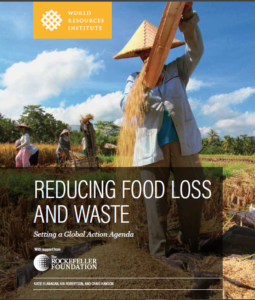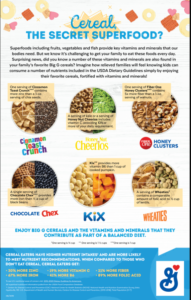Industry-funded study of the week: circumin
Curcumin is a flavonoid antioxidant isolated from turmeric, the spice used in Indian curries, among other foods.
It is about as overhyped as any ingredient I have encountered lately for its “proven ability” to fight Alzheimer’s, heart disease, cancer, and anything else that ails you. If only this could be true. If it were, people in India who use this in their cooking would all live exceptionally long and healthy lives.
But to convince skeptics like me—and to sell curcumin supplements of course—the makers of such supplements fund studies.
I learned about this study from the industry newsletter, NutraIngredients-Latam.
It reported on a an abstract of a clinical trial of a curcumin supplement, Longvida,™ made by Verdure Sciences.
The study: This was a double-blind, placebo-controlled, parallel-groups clinical trial in which participants were given Longvida™ (400 mg daily containing 80 mg curcumin) or a matching placebo.
Results: After 12 weeks, the curcumin group did better on memory performance and other tests, and after 4 weeks showed less tension, anger, confusion and total mood disturbance.
Conclusions: “These results confirm that Longvida™ improves aspects of mood and working memory in a healthy older cohort. The pattern of results…may hold promise for alleviating cognitive decline in some populations.”
Funding: Surprise! “This study was funded by a grant from Verdure Sciences.”
Comment: I see three problems here with the Nutraingredients report.
(1) When funders have a vested interest in the outcome of studies, biases tend to creep in.
(2) The report is based on an abstract, not on a complete account of the trial; this makes the methods difficult to assess.
(3) The report did not mention that study was funded by a company with a vested interest in the result; it should have.






